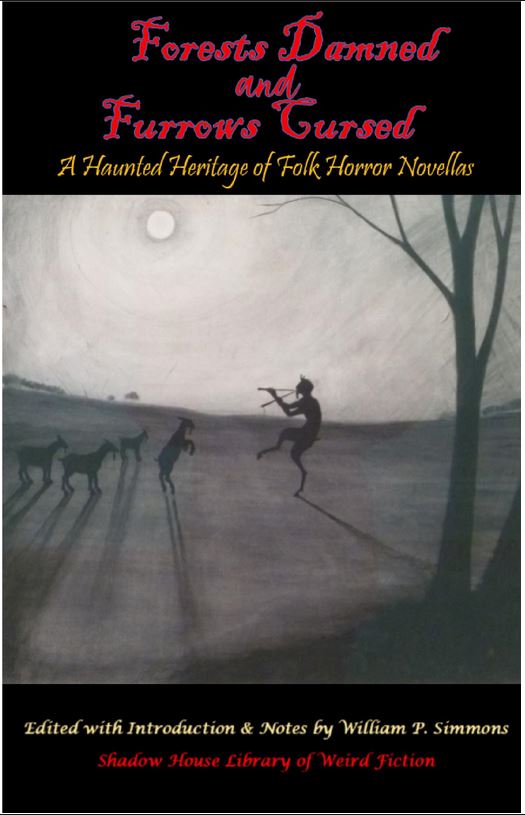
Forests Damned and Furrows Cursed is a new anthology of classic Folk Horror novellas harvested by the author William P. Simmons of Shadow House Publishing.
We say ‘Folk Horror’ but all of the contained novellas were written in the late 19th/early 20th Century before the term Folk Horror was widely applied as a sub-genre or mode, therefore all are written with a purity of independence, free from the worry of whether their work conforms to a set idea or ticks all the expected boxes – a problem contemporary writers of Folk Horror may feel they face. So within these covers we are presented with 5 comparatively diverse tales, which still nonetheless should content both the casual and the more rigid readers of folk inspired horror.
The stories featured are ~
Watcher by the Threshold by John Buchan (1902)
The Novel of the Black Seal by Arthur Machen (1895)
Dionea by Vernon Lee (1890)
The Man Whom the Trees Loved by Algernon Blackwood (1912)
The Garden at 19 by Edgar Jepson (1910)
Differing from a number of Folk Horror anthologies that have collected short – short stories, Forests Damned gathers those creatures that dwell in the borderlands between short prose and novels – the land of the Novella. Outside of publisher demands (which may be of pragmatic /financial intent rather than creative) which may dictate a set word or page count, my personal belief with writing is that the story should be as long or as short as it takes to tell in the most rewarding manner. The precise amount of detail is required to describe the characters, setting and significant events. – applied to set the pace, to build suspense and either satisfy completely or to non-frustratingly leave the reader wanting more. Just enough detail for the reader to view the scene and unfolding events in their mind’s eye and to immerse in the story and be less conscious of reading a book, if that makes sense? So ideally, not so short as to appear rushed and unsatisfactory, not too long as to bloat and drag with superfluous padding. The stories in this book don’t always completely meet those aims but it is important still that they have been collected and presented again in our time as they are strong interesting stories in their own right and a vital link in the chain for any reader / collector that wishes to build a library and /or knowledge of literary fiction that falls under the umbrella of what is now rather widely referred to as Folk Horror.
Likewise these novellas are of their time which is relevant regarding their pace, style and also with reference to some social-political issues. They come from a time when there was little competition for attention in leisure time – no films, internet, games etc. So they can take their time getting where they are going and can stop to smell the roses in their descriptive manner. So as with all books and tales from different eras, may not be to the taste of all contemporary readers. In his introduction to the collection, Simmons does a good job of putting the works in context and explaining the feral nature of Folk Horror, so no previous experience of reading Folk Horror stories is necessary to enter into the wild lands contained, but it may be useful for those new to the form to read some shorter stories of both Folk Horror and of the era before tackling these long -short stories / short novels. Regarding the social-political issues within some of the tales, attitudes may raise some eyebrows and with fair enough cause; however whether they reflect the opinions specifically of the fictional characters portrayed, the author or the majority of their particular society at that time is not instantly identifiable. The reader can make their own judgement call when reading. Any issues do not overwhelm the tales, mostly they are concerned with traditional gender roles and the occasional opinion regarding foreign nations, but are mentioned purely for context of these tales being creatures of their own time. Such matters may also be of interest to Folk Horror fiction historians in their contemplation not only of tales being told but how they are told.
That overview out of the way, to look now at the individual tales contained and their creators.
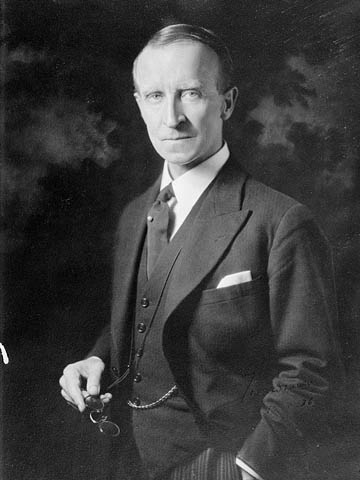
The first story featured is The Watcher by the Threshold by John Buchan (first published in 1902). Buchan (1875 – 1940) was a Scottish polymath. In addition to being a fiction writer (his most famous work quite probably being The Thirty Nine Steps – an adventure tale of political intrigue (known more widely for Alfred Hitchcock’s 1935 cinematic adaptation); Buchan was an editor, non-fiction author, Unionist Politician and Governor General of Canada.
The Watcher by The Threshold tells of a man living on the Scottish moors whose studies of Justinian and classical philosophy go beyond obsession and finds himself feeling haunted by a devil. The importance of landscape in Folk Horror is well represented in this tale. I have a love of moors yet find them somewhat unsettling and Buchan’s writing sets the scene very well here.

Next we have The Novel of the Black Seal by Arthur Machen (1863 -1947) (which was first published as part of his 1895 collection The Three Imposters). Machen was a Welsh journalist, author, proto-psychogeographer and mystic – being a member of the Hermetic Order of the Golden Dawn for a while, his personal spirituality though leaned towards Celtic Christianity.
The Novel of the Black Seal shares an element of Buchan’s tale which is also evident in a lot of M.R. James’ work that of academic study becoming embroiled in real situations of archeological, anthropological or folkloric horror. In this case case we find explorations of a subterranean site in the Grey Hills of Wales turning up more than expected. The existence and nature of the denizens of a Faerie Otherworld coexisting with our own goes against any Disneyfied Tinkerbell ‘airy-fairy’ conceptions of the ‘Little People’ of folklore and presents us with a forgotten, hidden swarthy, troglodyte race. In being of its time, perhaps the most horrific scene is implied rather than graphically explained. This works to its advantage, for in contemplation of the origins of the conception of the strange servant boy in the tale, I found myself genuinely unsettled. This tale went on to inspire both HP Lovecraft and Robert Howard in their weird fiction writing.
It was in connection to the Machen story incidentally, that I thought of the comparatively low incidence of classic tales fitting a Folk Horror vein being adapted to film during this current current Folk Horror revival. Rather than ‘karaoke’ versions of The Wicker Man, it would be good to see more of the old stories brought to the silver screen. This train of thought commuted my mind to the (criminally little-known) film adaption of a collection of Machen tales, Holy Terrors (2018) by Mark Goodall and Julian Butler (see https://folkhorrorrevival.com/2018/01/19/holy-terrors-film-review/ ) and I think that they would be perfect to adapt Forests Damned and Furrows Cursed to film as a portmanteau – an Amicus-anthology style Folk Horror film if you will.
Anyway I digress, so on with the book …
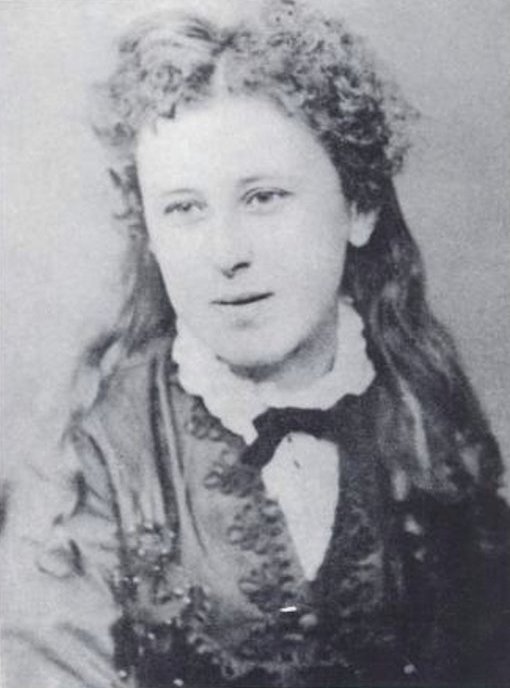
Next up we have Dionea by Vernon Lee. Originally published in 1890, Vernon Lee was actually the pseudonym of Violet Paget (1856 – 1935). Paget was a strong proponent of feminism but was published under a masculine pen-name. The author’s own contemplation and experience of gender matters can offer a further context to the story of Dionea, a foundling child raised in an Italian convent. Dionea does not care for the studies, chores and sewing that the nuns put her too and instead is drawn more to nature. As she gets older, her independence of thought – her perhaps even feral nature puts her at odds with the convent and later beyond those cloistered walls. Dionea’s strength of character and wild free-spirit is even seen to affect the fate of others and she is viewed with both suspicion and superstition. The return of buried paganism is a recurring element through different examples of Folk Horror, which marks Dionea’s place in this book and the Folk Horror canon, and the voice behind it is a refreshing interlude to the male, quite conservative – despite the themes, uttering of the other featured tale-tellers.
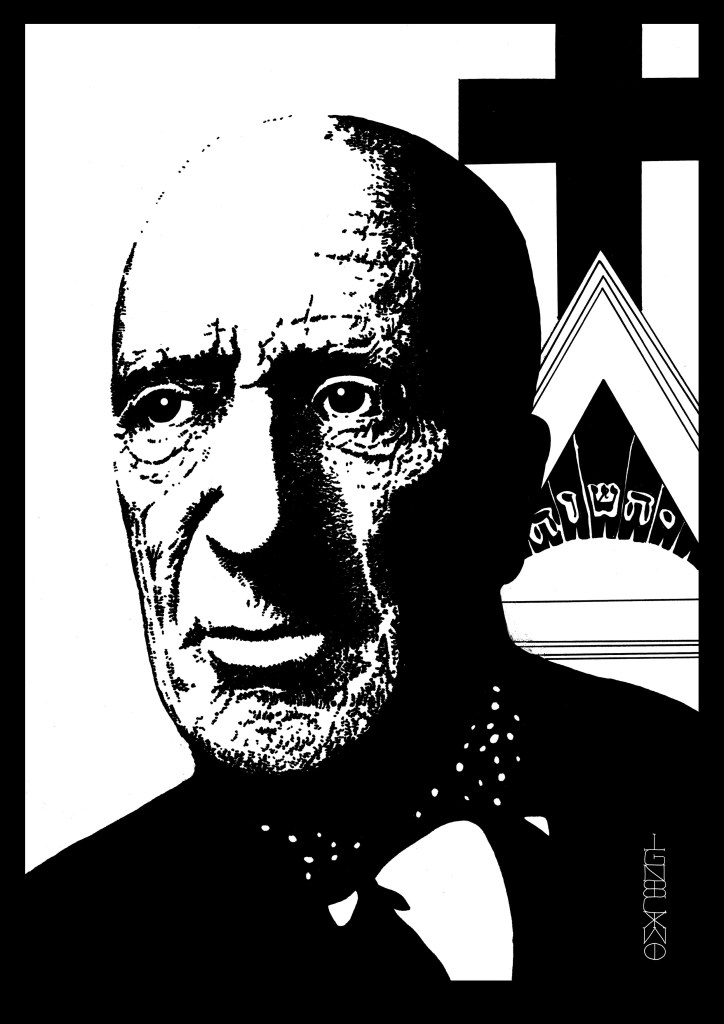
Perhaps one of the most evocatively titled of all horror stories follows next, The Man Whom The Trees Loved (1912) by Algernon Blackwood (1869 – 1951). A member of both The Ghost Club and like Machen, The Hermetic Order of the Golden Dawn; Blackwood is perhaps the biggest name in the book among horror circles. Extremely prodigious and successful in his horror writing career, alas I find issue with The Man Whom the Trees Loved – it’s not that it’s a bad story – it’s a decent enough tale. The problem is that in my opinion, it should be a short story not a novella. There for me is an issue of repetition in the tale – if handled skillfully then a little repeating can build up suspense but I just find too much of it and dallying here. It is surprising as Blackwood knows his craft, so it would’ve been hoped that he did not opt for a ‘less is more’ approach here. As for the tale itself, it is quite poetically beautiful as well as unsettling. A woman becomes extremely concerned with her husband’s obsession for the trees that surround their country abode. It has an underlying mystical and philosophical debate about the sentience of life, (indeed all of the stories featured in this book pose a studious contemplation of the ‘nature’ of both nature and the supernatural) and it is a valuable addition to the Folk Horror bookshelves but I unfortunately cannot help but feel that it would have been a more powerful narrative had Blackwood decided to have it edited down.
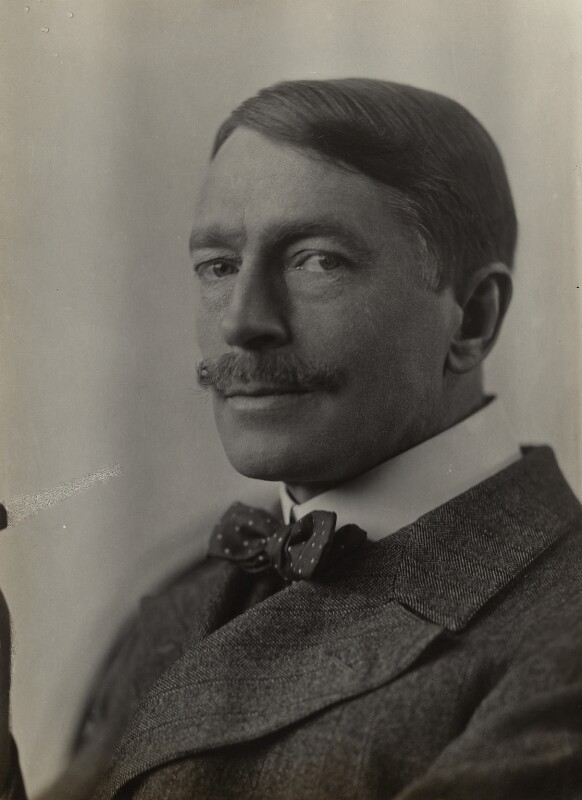
Closing the book is The Garden at 19 (1910) by Edgar Jepson (1863 -1948). Jepson, an English writer, is more widely associated to crime and adventure novels ( as well as translating Maurice Leblanc’s French tales of the aristocratic brigand Arsene Lupin into English). One of his wanderings into fantastic territory The Garden at 19 is a mixed bag. Like The Man Whom the Trees Loved, 19 could’ve probably done with being a bit shorter. It also has its eyebrow raising moments in its oddly repeated opinions of German professors and also in its portrayal of girls/women and their societal roles. Otherwise it’s a fair enough tale, reminiscent of Denis Wheatley’s Satanism in suburbia romps. The presence of that old horny deity Pan explains the book cover (featuring a painting by the, alas not familiar enough, Belgian Symbolist painter of the uncanny, Leon Spilliaert) and relates how a young lawyer becomes intrigued both by the strange goings-on in his neighbour’s garden and then by the presence of his neighbour’s niece. The character of the neighbour, Woodfell, is very clearly inspired by the notorious occultist and tabloid scandal-fodder of the time, Aleister Crowley.
The afterword of the book comes in the form of questions, an interesting addition that would perhaps prove useful for book groups, genre-study classes, and academic or personal-interest students of Folk Horror / horror literature. This and the novel approach of presenting novellas rather than shorter fiction makes this book an interesting and valuable addition to folk’s Folk Horror book collection.

Forests Damned And Furrows Cursed: A Haunted Heritage of Folk Horror Novellas
Edited by William P. Simmons
Paperback, 236 pages
Published April 26th 2022
by Shadow House Publishing
ISBN13 – 798806998614
Reviewed by Andy Paciorek